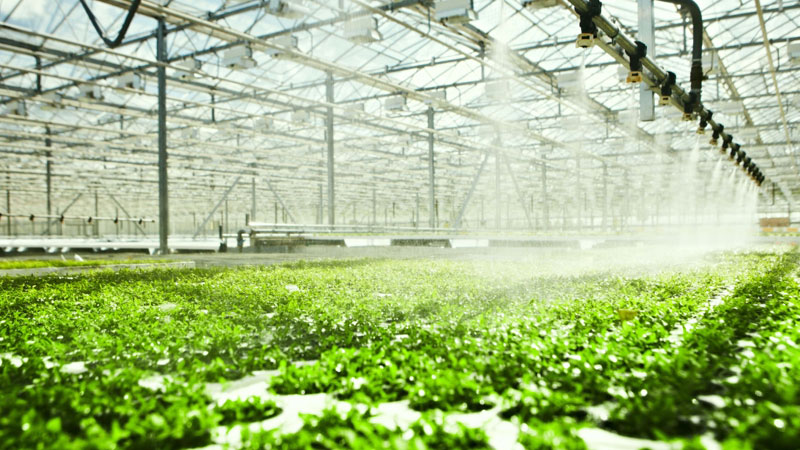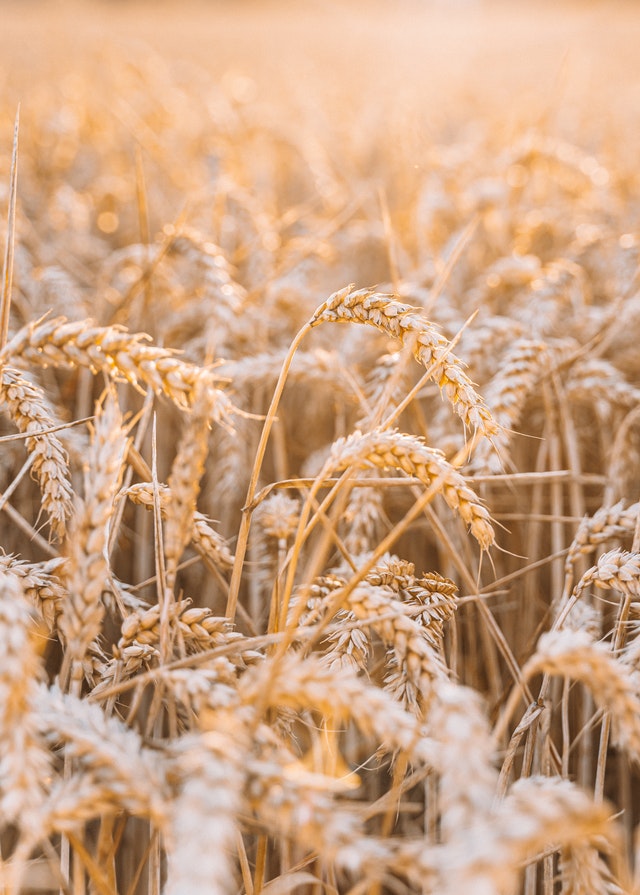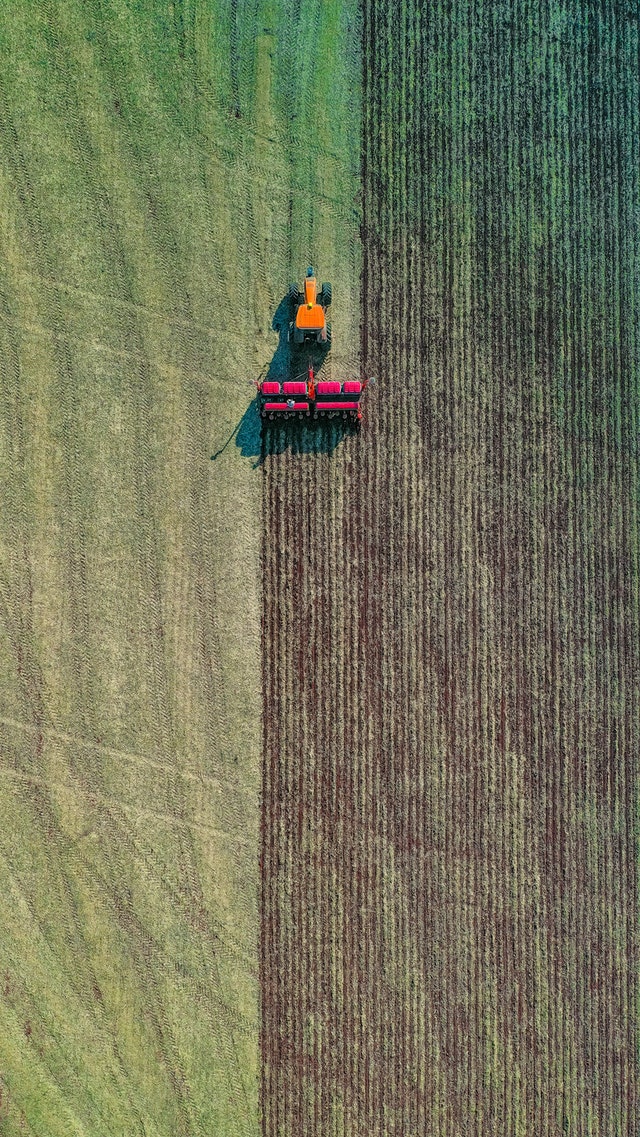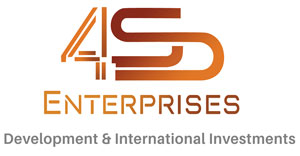Modern Agriculture
Modern Agriculture Company
CONGOt’s food and agriculture industry accounts for roughly, and employs nearly a third of CONGO’s labor force. 4-S is a pioneer in this dynamic sector with long-standing knowhow and a solid track record that spans well over two decades. It has established itself as a market leader with vertically integrated operations complemented by robust local and export demand. Modern Agriculture Company is a leading agricultural company in CONGO, with a fully vertically-integrated business model, covering the agricultural value chain from propagation to cultivation to export.


Modern Agriculture
Agribusiness is the business of agricultural production. The term was coined in 1957 by Goldberg and Davis. It includes agrichemicals, breeding, crop production (farming and contract farming), distribution, farm machinery, processing, and seed supply, as well as marketing and retail sales. All agents of the food and fiber value chain and those institutions that influence it are part of the agribusiness system.
Within the agriculture industry, “agribusiness” is used simply as a portmanteau of agriculture and business, referring to the range of activities and disciplines encompassed by modern food production. There are academic degrees in and departments of agribusiness, agribusiness trade associations, agribusiness publications, and so forth, worldwide.
The UN’s Food and Agriculture Organization (FAO) operates a section devoted to Agribusiness Development which seeks to promote food industry growth in developing nations.
In the context of agribusiness management in academia, each individual element of agriculture production and distribution may be described as agribusinesses. However, the term “agribusiness” most often emphasizes the “interdependence” of these various sectors within the production chain.
Among critics of large-scale, industrialized, vertically integrated food production, the term agribusiness is used negatively, synonymous with corporate farming. As such, it is often contrasted with smaller family-owned farms.
Studies and Reports
Studies of agribusiness often come from the academic fields of agricultural economics and management studies, sometimes called agribusiness management.[2] To promote more development of food economies, many government agencies support the research and publication of economic studies and reports exploring agribusiness and agribusiness practices. Some of these studies are on foods produced for export and are derived from agencies focused on food exports. These agencies include the Foreign Agricultural Service (FAS) of the U.S. Department of Agriculture, Agriculture and Agri-Food Canada (AAFC), Austrade, and New Zealand Trade and Enterprise (NZTE). The Federation of International Trade Associations publishes studies and reports by FAS and AAFC, as well as other non-governmental organizations on its website.
Ray A. Goldberg coined the term agribusiness together with coauthor John H. Davis. They provided a rigorous economic framework for the field in their book A Concept of Agribusiness (Boston: Division of Research, Graduate School of Business Administration, Harvard University, 1957). That seminal work traces a complex value-added chain that begins with the farmer’s purchase of seed and livestock and ends with a product fit for the consumer’s table. Agribusiness boundary expansion is driven by a variety of transaction costs.[citation needed]
Manuel Alvarado Ledesma (CEMA University, Argentina) and Peter D. Goldsmith (University of Illinois) explain the implications of weak institutions on agribusiness investment. According to them weak institutions lead to policy development and enforcement grounded in the moment, rather than based on precedent and deliberative processes over time.

Industrial Agriculture
Intensive farming or intensive agriculture also known as industrial agriculture is characterized by a low fallow ratio and higher use of inputs such as capital and labour per unit land area. This is in contrast to traditional agriculture in which the inputs per unit land are lower.
Intensive animal husbandry involves either large numbers of animals raised on limited land, usually confined animal feeding operations (CAFO) often referred to as factory farms, or managed intensive rotational grazing (MIRG). Both increase the yields of food and fiber per acre as compared to traditional animal husbandry. In a CAFO feed is brought to the animals, which are seldom moved, while in MIRG the animals are repeatedly moved to fresh forage.
Intensive crop agriculture is characterised by innovations designed to increase yield. Techniques include planting multiple crops per year, reducing the frequency of fallow years and improving cultivars. It also involves increased use of fertilizers, plant growth regulators, pesticides and mechanization, controlled by increased and more detailed analysis of growing conditions, including weather, soil, water, weeds and pests.
This system is supported by ongoing innovation in agricultural machinery and farming methods, genetic technology, techniques for achieving economies of scale, logistics and data collection and analysis technology. Intensive farms are widespread in developed nations and increasingly prevalent worldwide. Most of the meat, dairy, eggs, fruits and vegetables available in supermarkets are produced by such farms.
Smaller intensive farms usually include higher inputs of labor and more often use sustainable intensive methods. The farming practices commonly found on such farms are referred to as appropriate technology. These farms are less widespread in both developed countries and worldwide, but are growing more rapidly. Most of the food available in specialty markets such as farmers markets is produced by these smallholder farms.
